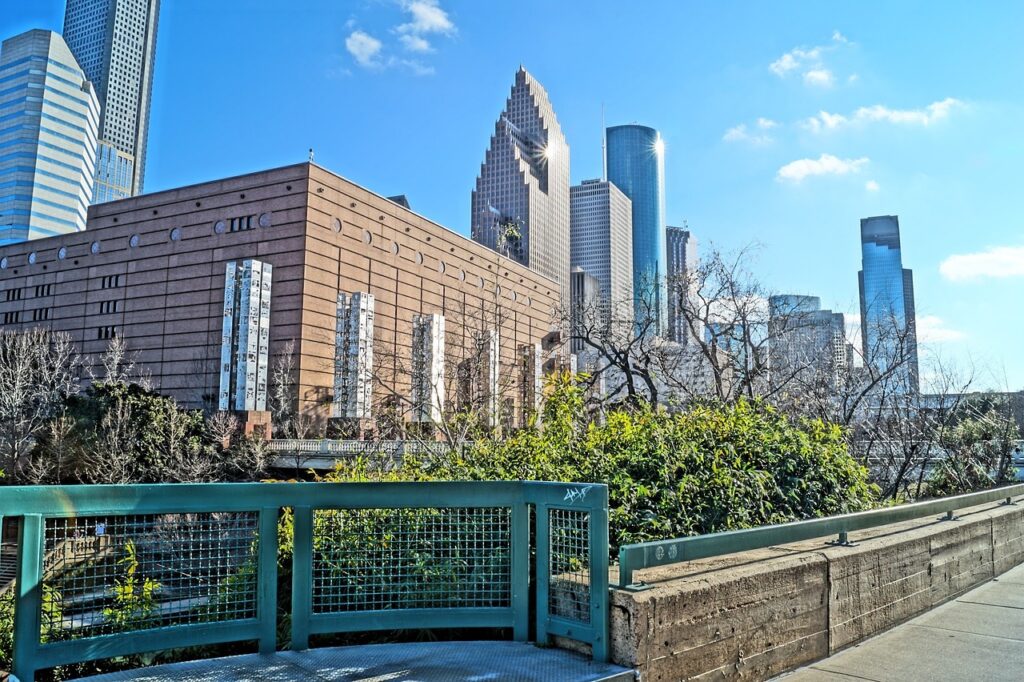A 59-year-old female presented to my office with severe acid reflux related symptoms including heartburn, cough, and food regurgitation not responsive to Omeprazole, a proton pump inhibitor. She had a sleeve gastrectomy 11 years ago and she initially lost 100 pounds. Her current BMI is 35. Unfortunately, she has gained back around 75 pounds over the past two years. A year ago, she started experiencing GERD related symptoms. Of note the patient did not have acid reflux before or shortly after gastric sleeve surgery. She did however have a hiatal hernia that was concomitantly repaired during her initial weight loss procedure according to her operative report.
Her acid reflux workup included upper endoscopy, esophageal manometry and UGI contrast study. Endoscopy showed a recurrent hiatal hernia with minimal axial displacement but severe angulation in the upper 2 inches of the sleeve against the breathing muscle. The angulation created the appearance of a dilated proximal sleeve pouch or what we call as neo-fundus formation. Physiologically, this anatomic configuration traps stomach acid near gastro-esophageal junction. An acid pocket in this area greatly exacerbates acid reflux. Manometry showed a hypercontractile esophagus and slightly increased lower esophagus basal pressure. These manometric findings are secondary to severe acid reflux and scar tissue formation around the lower esophageal sphincter. Of note, the rest of the gastric sleeve lumen appeared normal with no twisting or narrowing at the lower one third of the stomach (incisura angularis).
I offered the patient hiatal hernia repair to stop acid reflux. I also recommended conversion of gastric sleeve to single anastomosis duodenal -ileal bypass to promote weight loss. Patient agreed to proceed with anti-reflux surgery, but she decided to postpone weight loss surgery revision.
Laparoscopic exploration was carried, and severe adhesions were encountered. As predicted the upper part of gastric sleeve was sharply angulated and with meticulous dissection the stomach was released from surrounding scar tissue. The hiatal hernia was reduced, and 3 to 4 centimeters of intra-abdominal esophagus were obtained to re-create the anti-reflux barrier. Patient tolerated the procedure with no complications. Her acid reflux symptoms completely resolved following surgery.
If you struggle with acid reflux following sleeve gastrectomy, contact the acid reflux experts of Houston Heartburn and Reflux Center. We offer a comprehensive workup and effective treatment tailored to your condition.

